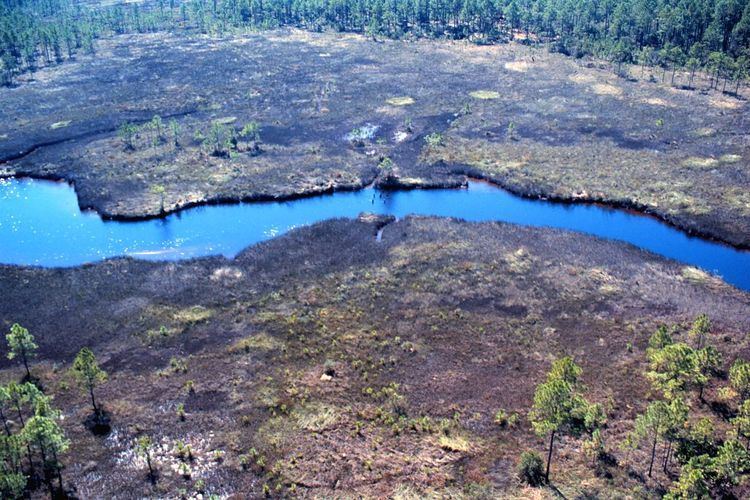Phone +1 228-475-0765 | Area 129.5 km² Established 1992 | |
 | ||
Governing body U.S. Fish and Wildlife Service Address 6005 Bayou Heron Rd, Moss Point, MS 39562, USA Hours Open today · 9AM–3PMSaturday9AM–3PMSundayClosedMondayClosedTuesday9AM–3PMWednesday9AM–3PMThursday9AM–3PMFriday9AM–3PM | ||
Beautiful rest area at grand bay national wildlife refuge alabama
Grand Bay National Wildlife Refuge was established in 1992 under the Emergency Wetlands Resources Act of 1986 to protect one of the largest expanses of undisturbed pine savanna habitats in the Gulf Coastal Plain region. The refuge is located near Grand Bay, Alabama in Mobile County, Alabama and Jackson County, Mississippi, and when complete will encompass over 32,000 acres (130 km2). The refuge is part of the National Wildlife Refuge system. The Refuge Complex Manager also administers the Mississippi Sandhill Crane National Wildlife Refuge and Bon Secour National Wildlife Refuge. Access to refuge lands (especially interior portions) is limited, but is available mostly on the Mississippi side and by boat.
Contents
- Beautiful rest area at grand bay national wildlife refuge alabama
- Wildfire in grand bay national wildlife refuge
- HabitatEdit
- ResearchEdit
- Flora and faunaEdit
- References
Wildfire in grand bay national wildlife refuge
HabitatEdit
The habitat is varied and includes wet pine savannah, maritime forest, tidal flats, nontidal wetlands, salt pans, salt marshes, bays and bayous.
ResearchEdit
Research projects include studying the ecological effects of rising sea levels, the ecology of vertebrates in tidal marshes, the ecology of the reserves habitats, monitoring the effects of mercury pollution, coastal plant ecology and mapping, and monitoring environmental conditions on a long-term basis.
Flora and faunaEdit
The varied parts of the refuge provide suitable habitat for many migrant and resident species of bird. These include the scarlet tanager, the black-throated green warbler, the black-and-white warbler, the eastern towhee, the gray catbird, the painted bunting and the secretive white-eyed vireo.
Nine species of carnivorous plants including pitcher plants, butterworts and sundews are present in the reserve. These plants have modifications which enable them to catch insects to provide the nitrogen they need and which is deficient in their swampy habitat.
